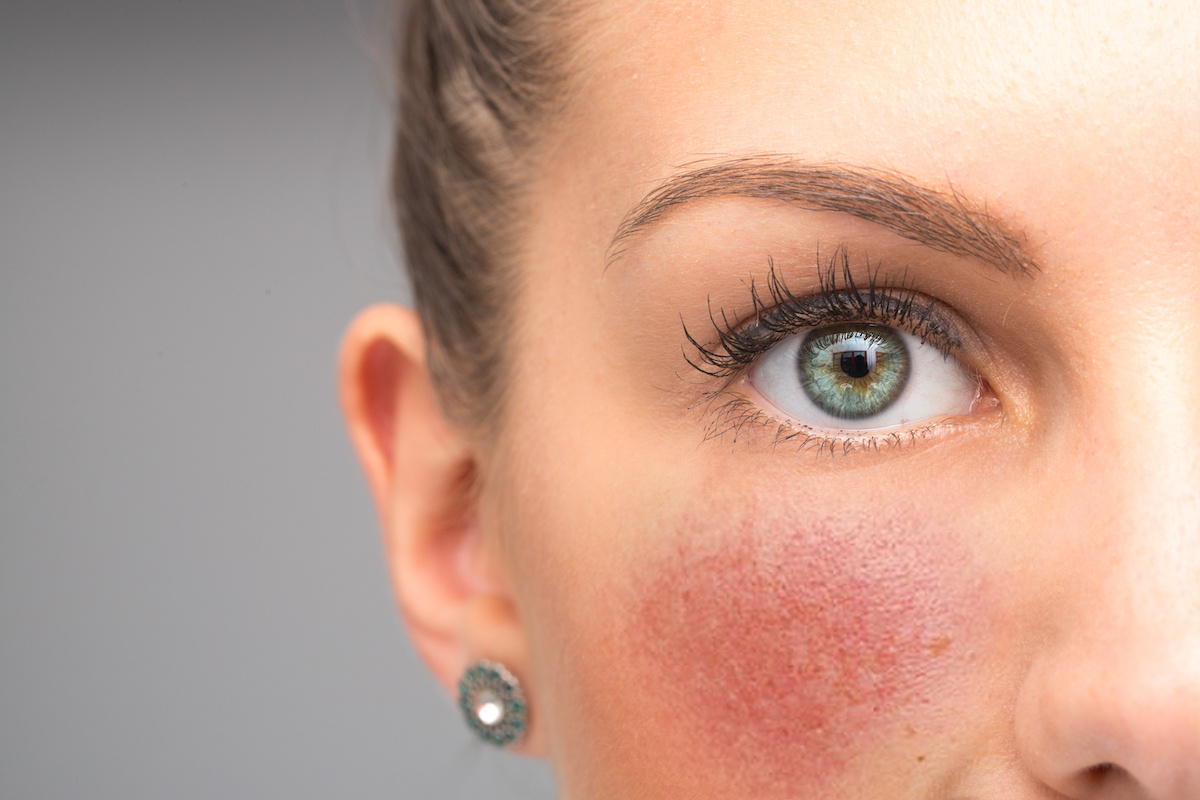Have you noticed that your skin gets flushed with redness and is sometimes bumpy? You might be experiencing a skin condition known as rosacea. Rosacea is a long-term inflammatory skin condition, causing red skin and typically a rash. Often, you may not be sure you are struggling with this condition because the symptoms come and go. That is why understanding the basics can be crucial.
At O’Neill Plastic Surgery, we are equipped to help you with many skin conditions, including rosacea. We know it can be challenging to handle daily insecurity when it is on your face! Here, we help you understand where it comes from.
Understanding The Basics of Rosacea
How Is Rosacea Diagnosed?
Rosacea is diagnosed without the use of medical tests. Your doctor will take the time to observe your skin and your eyes. Part of this diagnosis also means making sure no other medical conditions are going on.
What Are The Symptoms?
When you are experiencing rosacea, the symptoms typically start with blushing and flushing of the skin on your face. It commonly stays in the nose area for a more extended time before moving through the rest of the face. Areas mainly affected are the nose, cheeks, and chin.
There are typically four types of symptoms involved with the skin on the face:
Prerosacea
This is considered the frequent blushing and flushing of the facial skin.
Vascular Rosacea
This is the symptom that occurs when blood vessels under the skin swell. This leads to skin that is swollen and warm.
Inflammatory Rosacea
This symptom is a combination of pimples and enlarged blood vessels in the face.
Rhinophyma
This symptom occurs when oil glands in the face are enlarged. It creates a red nose and is most often seen in men, rarely in women.
What Are The Eye Symptoms?
While most symptoms present in the skin on the face, there are also ones to pay attention to in the eyes. These are seen on the eyelids and eyes, including the following:
- Tearing
- Burning
- Feeling Like There Is Something In The Eye
- Redness
- Inflammation
Each of these may not seem to be a symptom of rosacea, but they are often paired with the symptoms of the skin.
How Is It Treated?
The treatment is determined on a case-by-case basis. Most treatments are used to control the symptoms because there is no cure for the condition at this point. This includes lifestyle changes such as avoiding the foods that flare your condition. Alongside that, there are topical and oral antibiotics, acid peels, laser therapy, dermabrasion, and prescription creams. After looking over your specific condition, a skin specialist will determine which treatment options are best.
Rosacea is a skin condition that many people may not even realize they struggle with. You can be one step closer to treatment by understanding everything from diagnosis to symptoms. There are many ways to get started. Are you interested in a consultation to discuss your skin? Give us a call or check out our website for more information.



Share